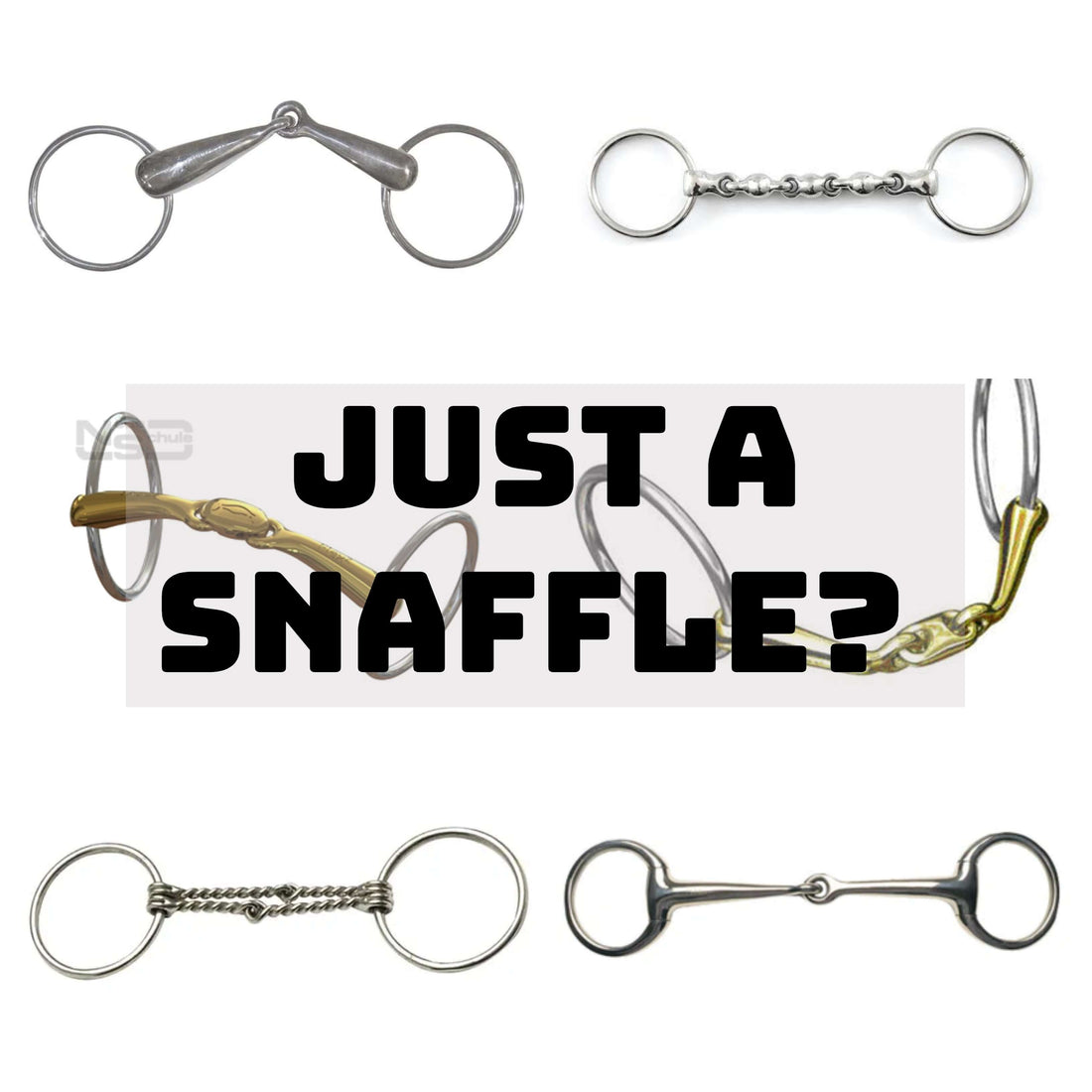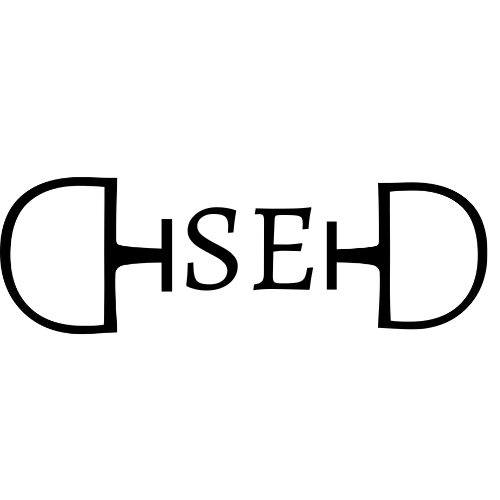
Breaking Down The Humble Snaffle
Share
"I ride in just a snaffle" "He just goes in a snaffle" "I just want a snaffle bit"
Ok but WHAT KIND?! 🤷♀️
A snaffle is a term used to describe a bit that works laterally in the mouth (from both sides), it does not have leverage. A snaffle will depending on it's shape and style work on the bars of the mouth, the lips, the tongue and may come into contact with the palate.
Snaffles come in many variations, including different cheek pieces, mouth pieces, thicknesses and shapes. From the most common the loose ring to the full cheek, baucher and eggbutt there is a cheek piece to suit every horse and rider.
There are hundreds of mouth pieces, and this is where things get tricky. While a Waterford is still a snaffle, it is not a kind one. You can get mullen mouth (straight bar), double jointed, or just a plain jane single jointed. Different mouth pieces work in different ways, a regular single jointed snaffle has the offensive nutcracker action on the tongue however there are locking bits that prevent this. While a double jointed is now one of the most commonly used bits, there are still a huge range in shapes and styles that it pays to pay attention to the name of the bit your horse is wearing - they are not all the same!
Thickness of the bit is a huge factor in the horse being comfortable. Previously it was thought that a thicker bit was more comfortable for the horse however because the horses mouth is largely filled with a tongue, this is not always the case. On the flip side, thinner is not always better, with less area to distribute pressure many bits are simply too thin to be comfortable. For hacks under FEI Dressage rules the minimum thickness allowed is 12mm.
Bits such as a twisted wire, a slow twist or a chain while still falling under the label of a snaffle, are not in the slightest a kind bit and should not be used at any cost. Mouthpieces matter!
So, in short. Saying you ride in a snaffle is a bit like saying you wear shoes, there are so many types that you could mean anything! It is well worth educating yourself on the type of bit your horse likes and why.
Bits such as a twisted wire, a slow twist or a chain while still falling under the label of a snaffle, are not in the slightest a kind bit and should not be used at any cost. Mouthpieces matter!
So, in short. Saying you ride in a snaffle is a bit like saying you wear shoes, there are so many types that you could mean anything! It is well worth educating yourself on the type of bit your horse likes and why.
